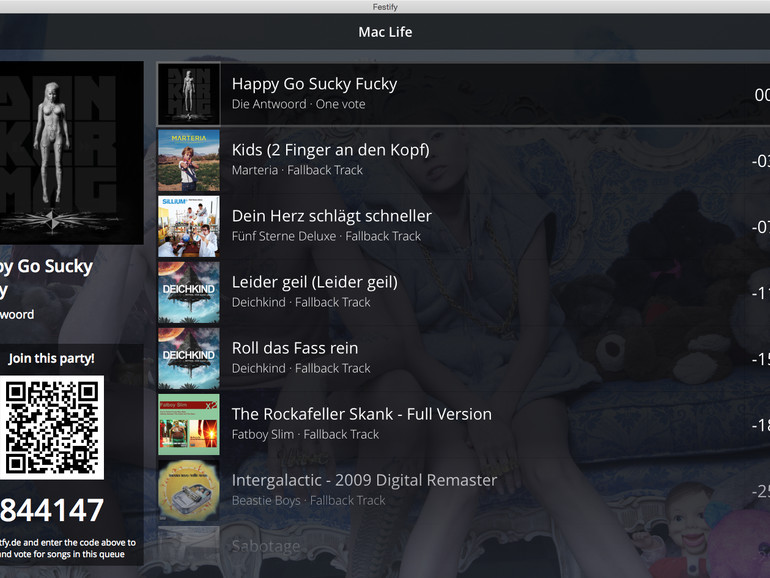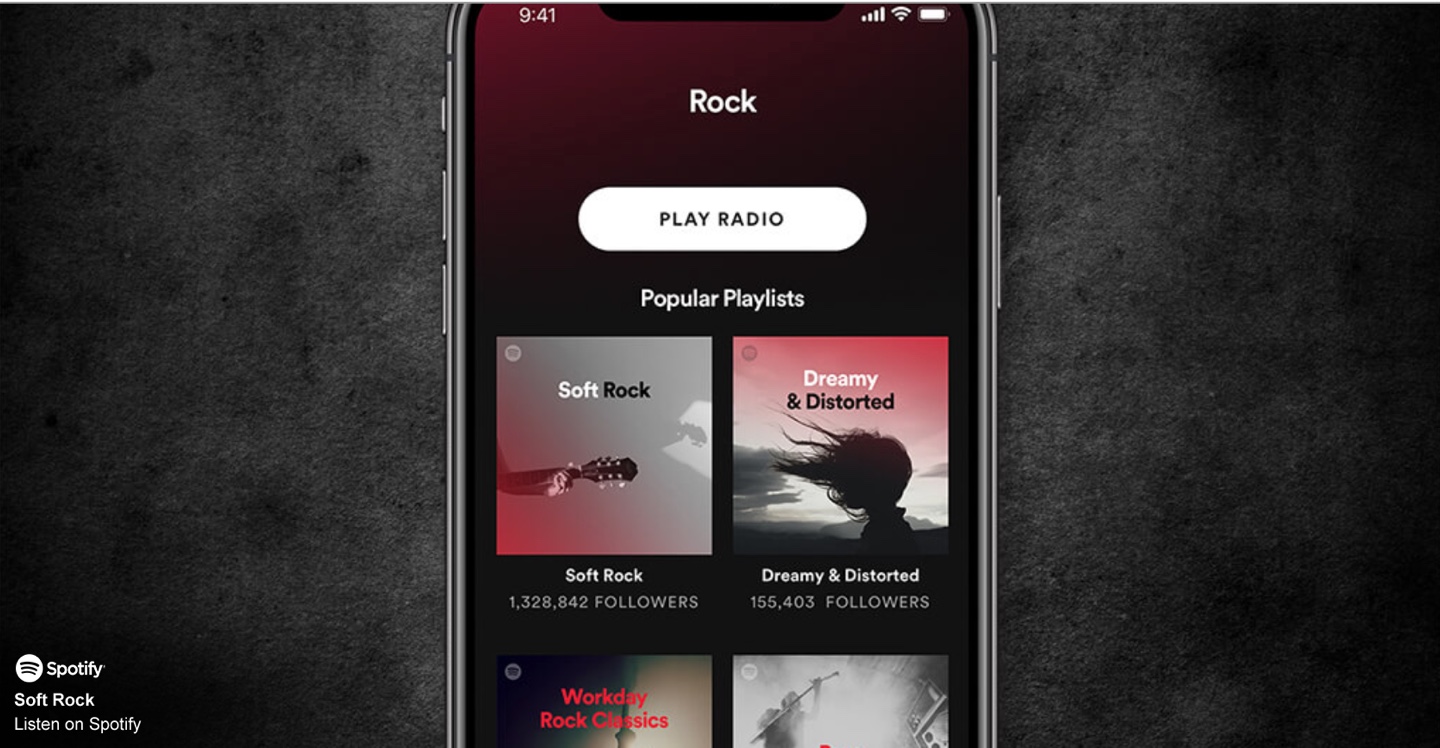
The “standard library” of web components features a wide range of UI-controls and very capable helper elements for routing and data management. Polymer and Web Components v0, together with the paper-*-elements proved to be a solid base for building web applications on. This meant we were running completely serverless from that point on, which saved us maintenance time and overhead and was easier on our pockets. We replaced the nodejs backend with the Firebase Realtime Database, switched to Netlify hosting and based the desktop apps on Electron. So we decided to give Polymer a try and do a full-on rewrite of the entire thing. Additionally, managing a VPS without proper automation is time-consuming (especially in the face of OS updates) and we’ve had more downtime than we’d like to otherwise have.Ģ015⁄ 2016 was also the time Web Components and Polymer became usable in the evergreen browsers and AWS Lambda came out.

The end result was that Festify was almost unusable by 2015⁄ 2016 because libspotify had so many issues at runtime. The lack of support caused a “degradation” in functionality of the library, rendering it more and more error-prone from day to day. An ancient C-library that Spotify deprecated about a year after we released Festify.
#Festify playlist upgrade
Our server was so small, we sometimes had to upgrade temporarily to a bigger plan in anticipation of special dates (New years eve, halloween, etc.) to save it from dying under the load.įestify v1 Web App Festify v1 Host for Windowsīoth desktop apps internally depended on libspotify. The backend was hosted on a small VPS at Strato. NET applications to clients is HARD!), but otherwise worked quite well. What came out was a tool that sometimes ran a little unstable (especially on Windows, deploying. The reason for the split was that at the time, I was proficient in C# and XAML, and the node-library that managed Spotify playback in the node-webkit-Version didn’t work on Windows.
#Festify playlist windows
The MacOS-App was built using Electron’s predecessor node-webkit while the Windows version was written in C# + WPF.
#Festify playlist tv
Additionally, we wrote two desktop apps (MacOS and Windows) that would host the parties and manage playback and the TV mode. As such, we built Festify v1 using Angular v1 in the front-end, MongoDB and a NodeJS express server in the backend + redis and socket.io for realtime synchronization. The LAMP-stack was getting old and MEAN was the hot and shiny new thing everybody wanted to get their hands on.

They can use it to join the party on and start voting for tracks.įestify was originally designed for small-ish parties, but we found people have started using it at restaurants, bars, in their offices and even on large Festivals.

#Festify playlist free
Festify is a free Spotify-powered app for the browser that allows you to let your guests choose which music should be played at your party. Festify is a social jukebox web-app I developed with two friends from Düsseldorf.


 0 kommentar(er)
0 kommentar(er)
